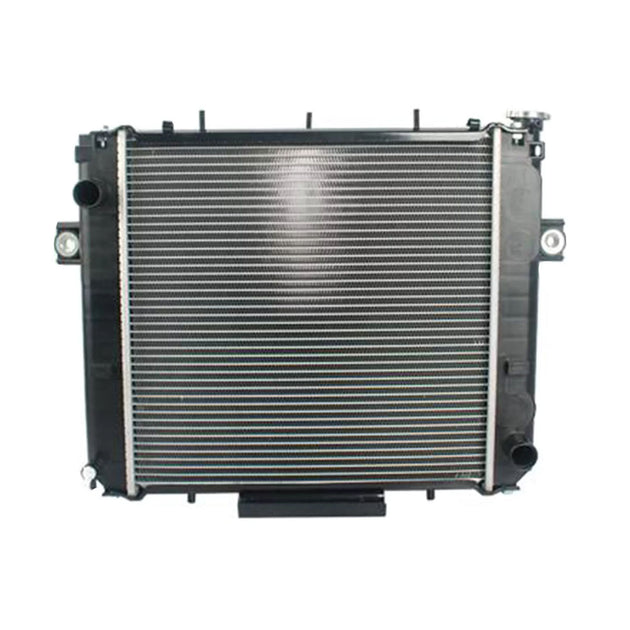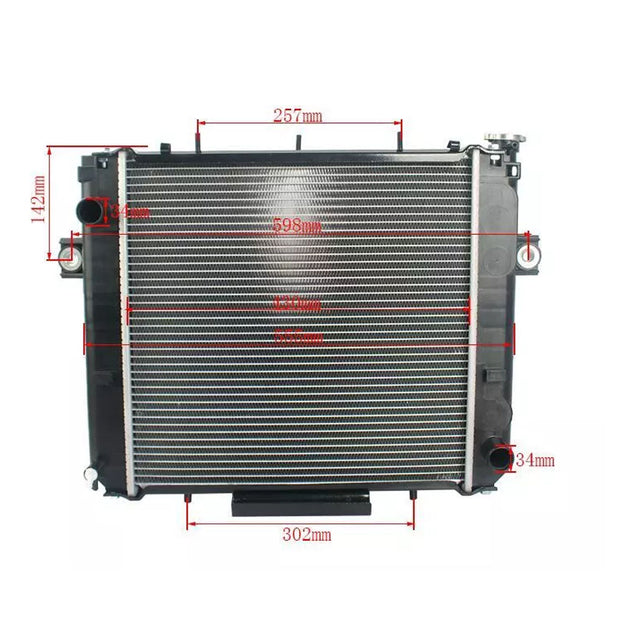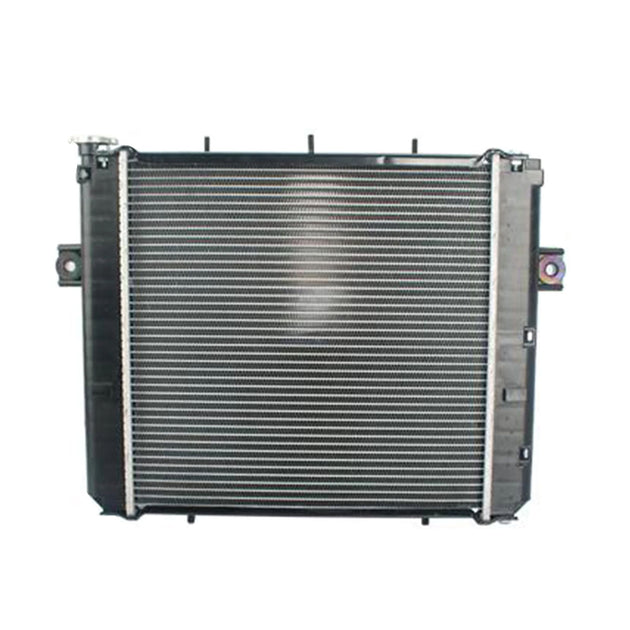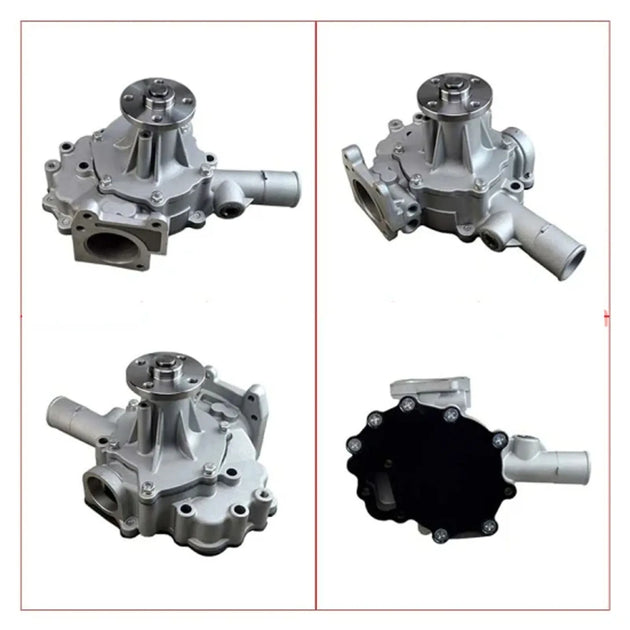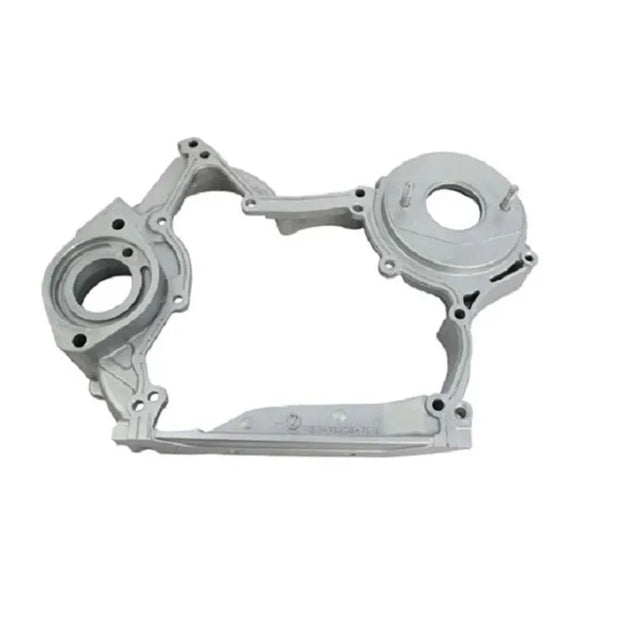Filter and sort
Thermostat

Special Offers
-
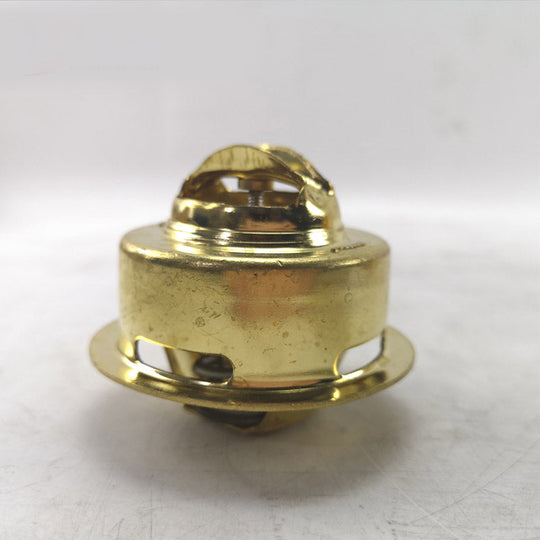

Vendor: Caterpillar
Thermostat 5I-8010 for Mitsubishi Engine S6KT S6K Caterpillar CAT Excavator E120B E312 E200B
Thermostat 5I-8010 for Mitsubishi Engine S6KT S6K Caterpillar CAT Excavator E120B E312 E200B Part Number: 5I-8010 Application: for Mitsubishi Engine S6KT S6K Caterpillar CAT Excavator E120B E312 E200B Condition: New Aftermarket Parts In StockRegular price $ 28 -







Vendor: BeeSpareParts
Thermostat Housing 16613-72700 for Kubota D1005 D1105 D905 V1305 V1505 Engine
Part Number: 16613-72700, 16613-72702 1661372700, 1661372702 Application: For Kubota Engine:D1005, D1105, D905, V1305, V1505Regular price $ 75 -


Vendor: BeeSpareParts
400994.0002 Thermostatic Valve Kit Suitable for Air Compressor Replacement
400994.0002 Thermostatic Valve Kit Suitable for Air Compressor Replacement Part Number: 400994.0002 Application: for Air Compressor Replacement Condition: New Aftermarket Parts In StockRegular price $ 179 -







Vendor: BeeSpareParts
7.2425.0 Thermostatic Valve Kit for Kaeser Screw Air Compressor Part
7.2425.0 Thermostatic Valve Kit for Kaeser Screw Air Compressor Part Part Number: 7.2425.0 Application: for Kaeser Screw Air Compressor Part Condition: New Aftermarket Parts In StockRegular price $ 39 -







Vendor: BeeSpareParts
7.2019.0 Thermostatic Valve Kit for Kaeser Screw Air Compressor Spare Part
7.2019.0 Thermostatic Valve Kit for Kaeser Screw Air Compressor Spare Part Part Number: 7.2019.0 Application: for Kaeser Screw Air Compressor Spare Part Condition: New Aftermarket Parts In StockRegular price $ 55 -


Vendor: BeeSpareParts
Thermostat Valve Assy 23879125 Suitable for Air Compressor
Thermostat Valve Assy 23879125 Suitable for Air Compressor Part Number: 23879125 Application: Suitable for Air Compressor Condition: New Aftermarket Parts In StockRegular price $ 980
How does a thermostat work?
1. The function of the excavator thermostat
The excavator thermostat is an important component of the excavator engine, and its function is to ensure the normal operation of the engine. Specifically, the excavator thermostat has the following three main functions:
1. Monitor engine cooling water temperature
The excavator thermostat ensures the stability of the engine temperature by monitoring the temperature of the engine cooling water. When the engine is working, the temperature of the cooling water will change with changes in speed and load. The excavator thermostat will feedback these changes and control it to maintain it within an appropriate working range.
2. Control air supply and exhaust
The excavator thermostat controls the increase and decrease in engine temperature by controlling the air supply and exhaust. When the engine temperature rises, the excavator thermostat will control the cooling method to ensure the stability and safety of the engine.
3. Increase engine life
The excavator thermostat can effectively protect the engine and extend its life. By controlling the temperature of the engine, the excavator thermostat can reduce the use of engine cooling water, thereby reducing engine wear and damage.
2. Working principle of excavator thermostat
The working principle of the excavator thermostat is relatively simple and is mainly divided into two steps:
1. Check the temperature
The excavator thermostat detects the temperature of the engine cooling water in real time through an internal sensor. When the temperature exceeds the set range, the excavator thermostat will automatically trigger the heating and cooling mechanism.
2. Control air supply and exhaust
The excavator thermostat controls the air supply and exhaust through a heating and cooling mechanism to adjust the engine temperature. When the temperature is too high, the excavator thermostat will control the air supply to increase the heat dissipation of the cooling water and reduce the engine temperature. On the contrary, when the temperature is too low, the excavator thermostat will reduce the air supply and increase the engine temperature.
In short, the excavator thermostat is an essential component of the excavator engine. Its function is to monitor and control the engine temperature to ensure the normal operation of the engine and extend its service life.
